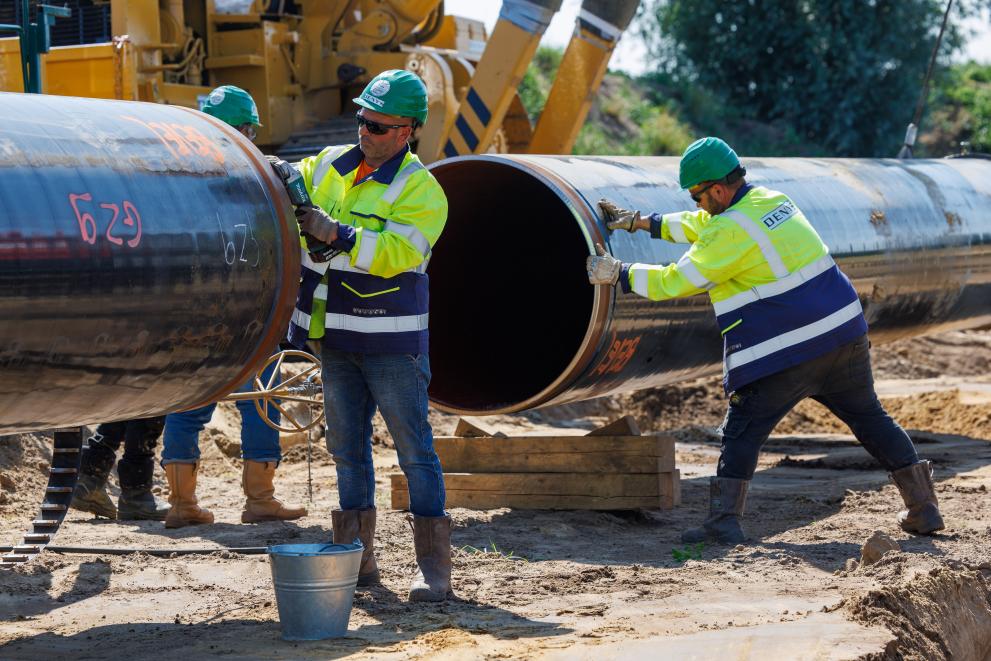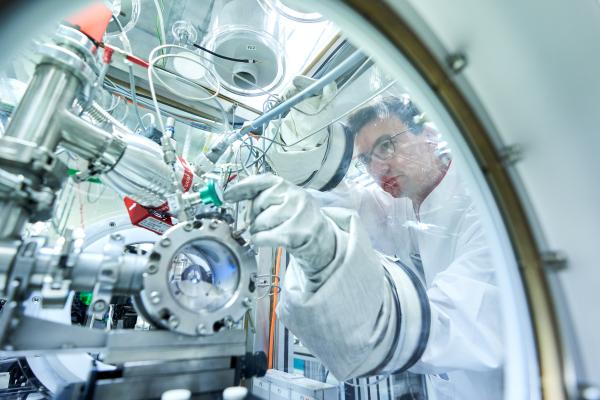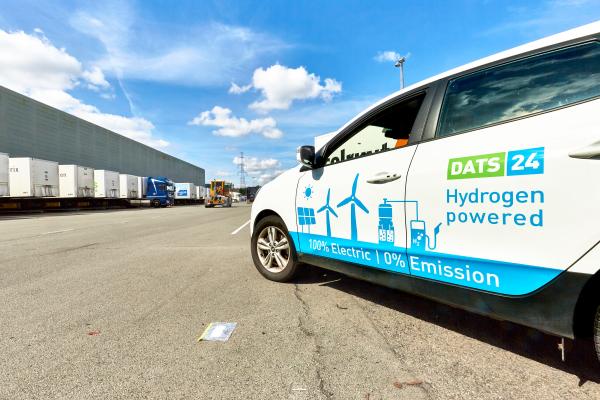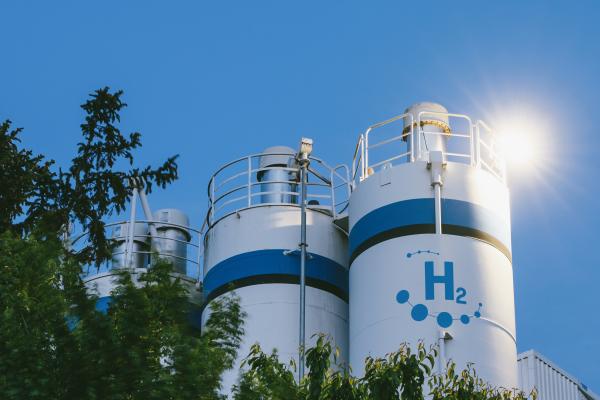
Renewable hydrogen is expected to play a crucial role in reducing carbon emissions in Europe. Previous JRC research revealed that sourcing it from regions with cheaper renewable energy can prove to be more cost-effective than local production.
However, environmental concerns arise from transporting large quantities of hydrogen over long distances, as the environmental impact varies significantly according to the production technology and the method of delivery.
To address these concerns, a new study compares the life cycle environmental impacts of on-site production through steam methane reforming (SMR) or electrolysis with three different delivery methods, including compression, liquefaction, and chemical bonding to other molecules. Transportation by both ship and pipeline was considered.
The distance used to compare the different methods of delivery is 2,500 km, compatible with the extent of EU territory and equivalent to the distance between Portugal and the Netherlands. The two countries were considered based on a proposal in an EU funded project which examined the feasibility of sustainable hydrogen transportation.
The results show that the environmental performance of hydrogen supplied to large industries can vary significantly based on the production technology and delivery pathway.
The study was carried out by the JRC for the Clean Hydrogen Partnership, a public-private partnership supporting research and innovation (R&I) activities in hydrogen technologies in Europe. The findings result in key recommendations for policymakers and stakeholders to help countries and industries to accelerate the transition towards a more sustainable hydrogen economy.
On-site production versus long-distance delivery
The most environmentally sustainable approach is on-site production using efficient renewable sources, such as wind power in the Netherlands. If on-site production is not viable using local abundant renewable sources, importing renewable hydrogen can still lead to a significant reduction in greenhouse gas (GHG) emissions compared to on-site production with fossil fuels. However, focusing solely on GHG emissions may lead to other, unintended environmental impacts.
Shipping liquid hydrogen and transporting compressed hydrogen through pipelines appear to have the least environmental impact when delivering hydrogen over long distances.
Meanwhile, the process of packing and unpacking hydrogen into chemical carriers such as ammonia, liquid organic compounds, methanol, and synthetic natural gas demands larger amounts of energy and resources. It makes these options less desirable to minimise environmental impact. But no significant difference was noticed in comparative environmental impact of delivery methods when comparing chemical carriers one with another.
Role of renewable energy infrastructure
The report emphasises the close relationship between the environmental impact of delivered hydrogen and renewable energy infrastructure.
For imported solar-generated hydrogen to have an environmental advantage over conventional hydrogen production from fossil fuels, the environmental impact of generating electricity through photovoltaic panels must be significantly reduced.
This can be achieved by improving the efficiency of photovoltaic panels in terms of materials use and utilising renewable energy for their production.
Impact of water use
Water use is another crucial factor to consider. The availability of freshwater affects the impact of hydrogen production. On-site hydrogen generation in water-rich countries proves to be a more sustainable option in terms of water use compared to importing hydrogen from water-scarce nations.
Hydrogen loss
Hydrogen losses during the delivery chain can significantly increase the environmental impact of delivered hydrogen. However, options that are more susceptible to losses, such as liquid and compressed hydrogen, still have lower environmental impacts than using hydrogen carriers.
When on-site production of hydrogen using local renewable sources is not feasible, importing renewable hydrogen from closer regions becomes the more environmentally sustainable choice. When transporting hydrogen over long distances within Europe, delivering compressed hydrogen through pipelines or liquid hydrogen via ships stands out as the preferred option in terms of environmental impact.
Related links
Environmental life cycle assessment (LCA) comparison of hydrogen delivery options within Europe
Details
- Publication date
- 31 May 2024
- Author
- Joint Research Centre
- JRC portfolios




